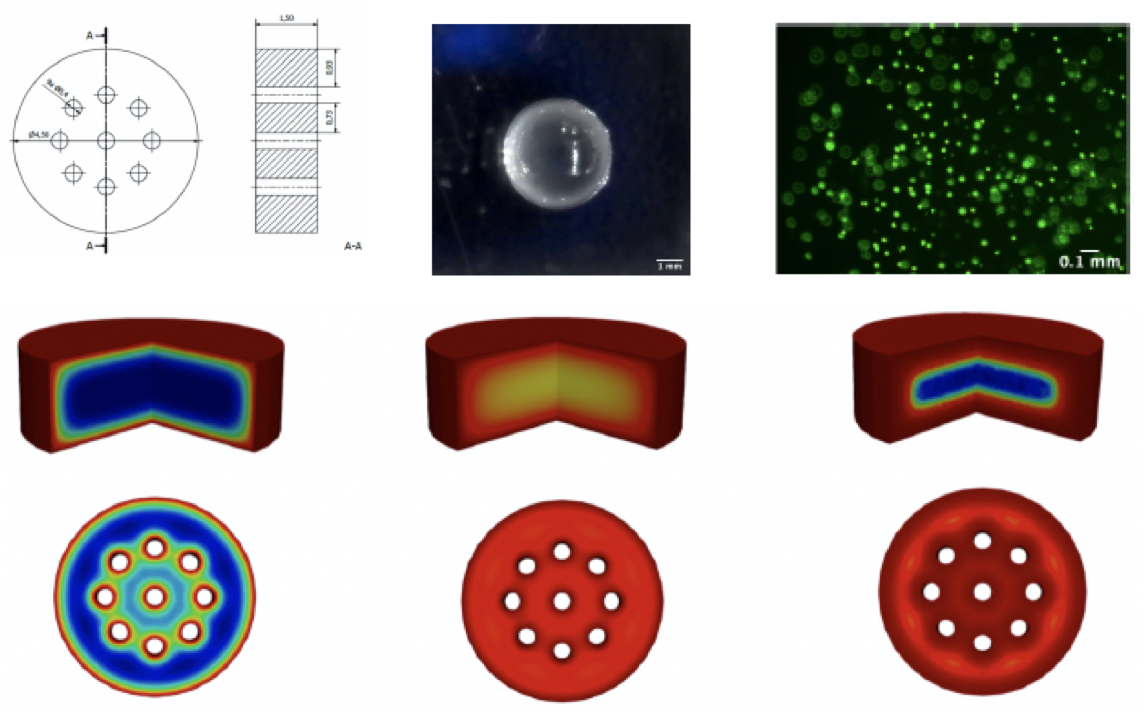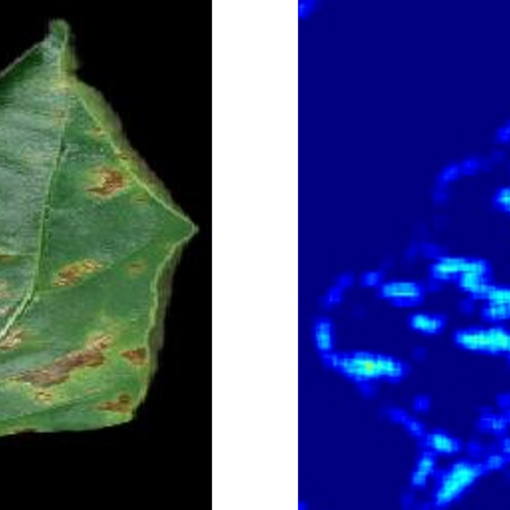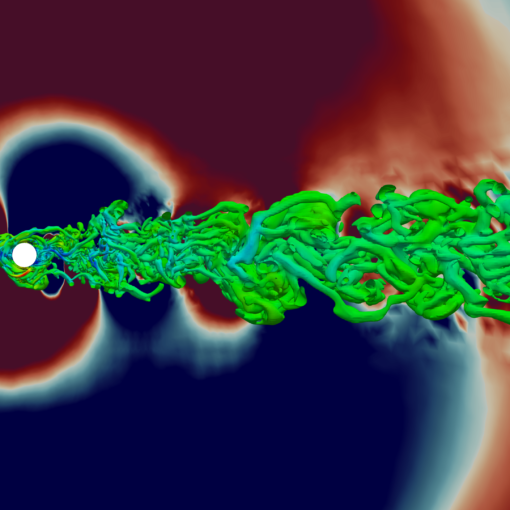A new MOX report entitled “A Computational Model of Cell Viability and Proliferation of Extrusion-based 3D Bioprinted Constructs During Tissue Maturation Process” by Gironi, P.; Petraro, L.; Santoni, S.; Dede’, L.; Colosimo, B.M. has appeared in the MOX Report Collection.
The report can be donwloaded at the following link:
https://www.mate.polimi.it/biblioteca/add/qmox/45/2023.pdf
Abstract: 3D bioprinting is a novel promising solution for living tissue fabrication, with several potential advantages in many different applicative sectors. However, the implementation of complex vascular networks remains among the limiting factors for the production of complex tissues and for bioprinting scale-up. In this work, a physics-based computational model is presented to describe nutrients diffusion and consumption phenomena in bioprinted constructs. The model – a system of Partial Differential Equations that is approximated by means of the Finite Element method – allows for the description of cell viability and proliferation, and it can be easily adapted to different cell types, densities, biomaterials and 3D printed geometries, thus allowing a preassessment of cell viability within the bioprinted construct. The experimental validation is performed on bioprinted specimens to assess the ability of the model to predict changes in cell viability! . The pro posed model constitutes a proof of concept of digital twinning of biofabricated constructs that can be suitably included in the basic toolkit for tissue bioprinting.




